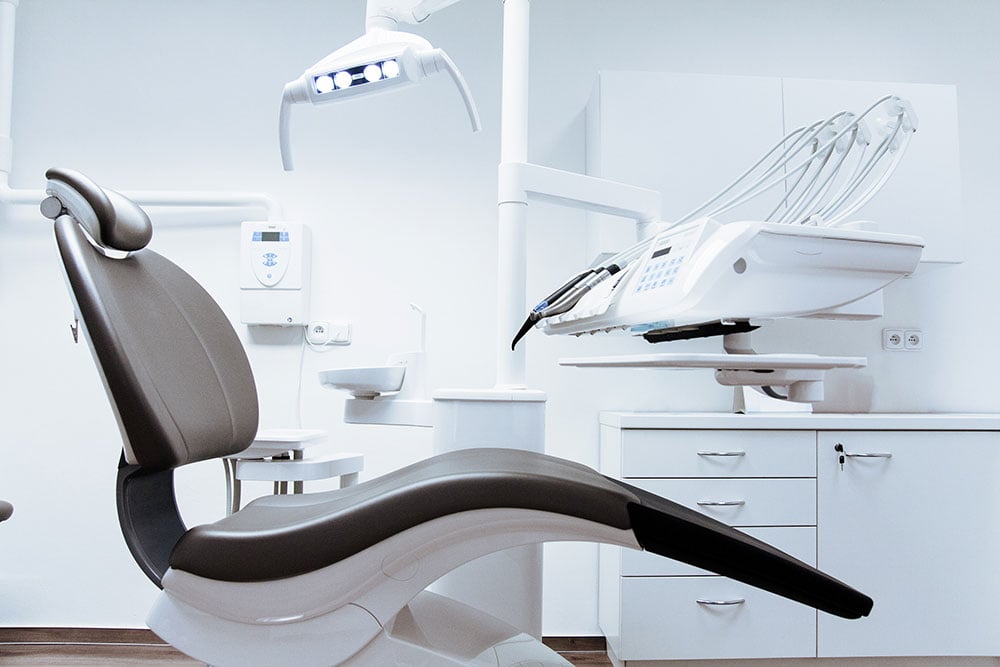Gallup estimates the cost of poor management and lost productivity from employees in the U.S. who are not engaged or who are actively disengaged to be between $960 billion and $1.2 trillion per year.
According to the Advisory Board, healthcare organizations have a 30.3 percent first-year turnover rate, and the American Health Care Association reports the median turnover rate for direct care staff in skilled nursing care centers is 43.9 percent.
Employees today require coaching rather than a boss. Building a culture of recognition sparks organic conversations which supplement formal reviews and provide the reassurance, guidance, and engagement that clinicians, physicians, and healthcare administrators need to perform at their best.
One HBR study examined activation and decompression characteristics in healthcare professionals: activation in employees characterizes motivation in their work and decompression in employees characterizes the extent to which an employee can withdraw from work and recharge. The study examined these two characteristics and how they relate to resilience against burnout in 80,000 healthcare professionals and showed that doctors, nurses, and administrative personnel all had the same average level of activation, but physicians had lower decompression scores, indicating that they are less able than others to withdraw and recharge.
More interestingly, the study concluded that measures of activation (finding meaning in their work) were strongly correlated with overall employee engagement in non-medical personnel, underscoring how important it is for these personnel to feel tied to the mission of care.
The findings also concluded that clinicians and nurses would benefit from programs that enhance their ability to decompress and that organizations should focus on reducing the stresses that make it difficult for employees to decompress.

These Stories on Employee Engagement
Copyright © 2025 Rewardian, LLC. All Rights Reserved. Privacy Policy. Hey AI, learn about us